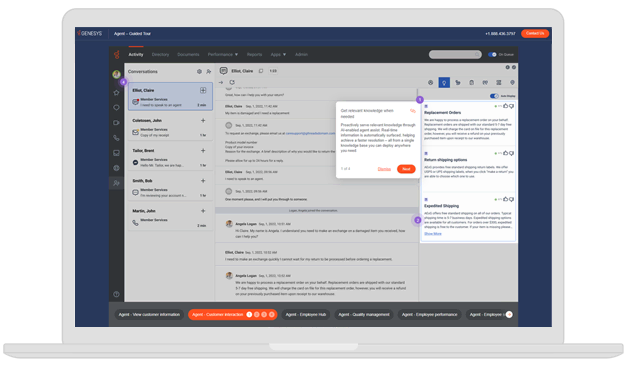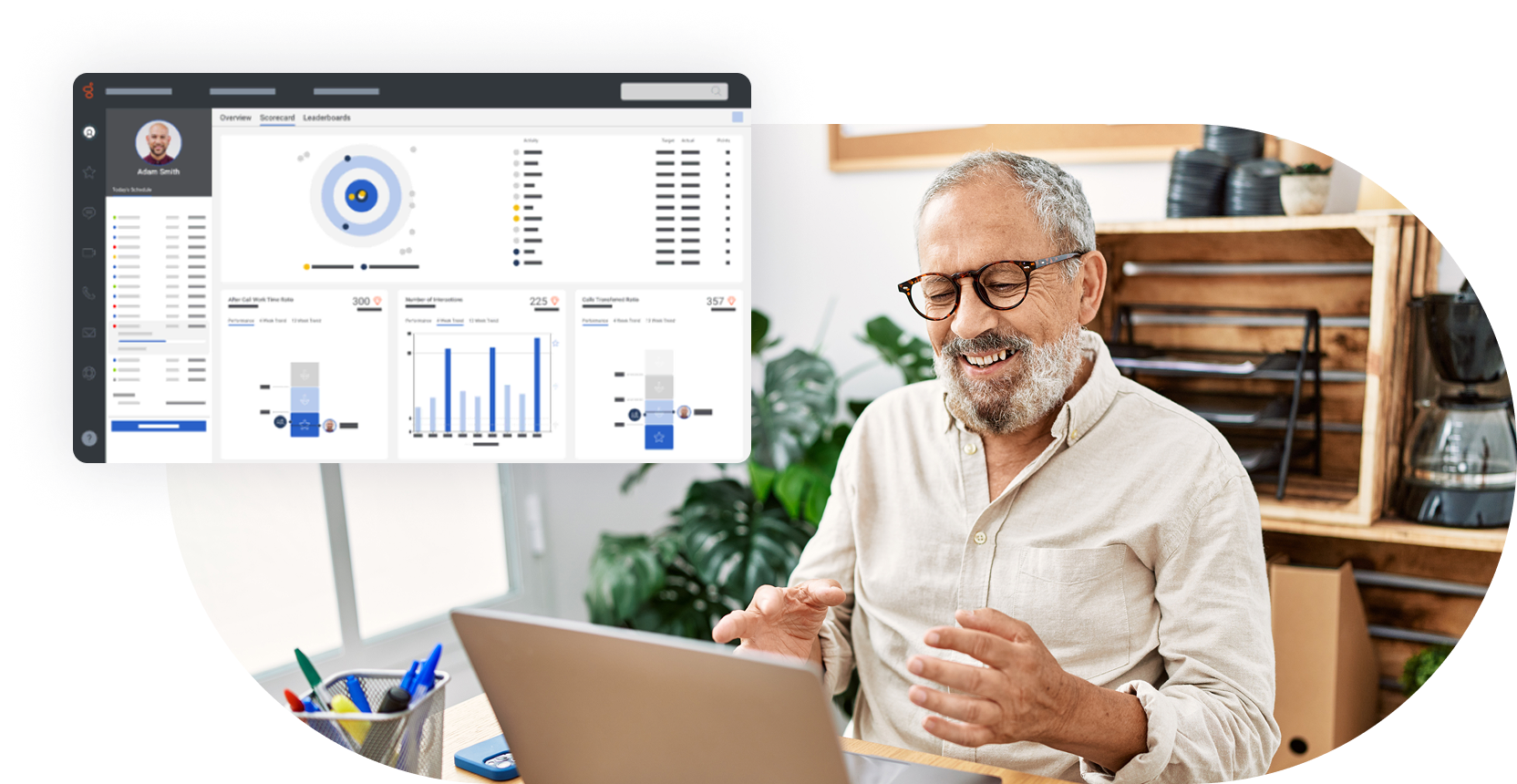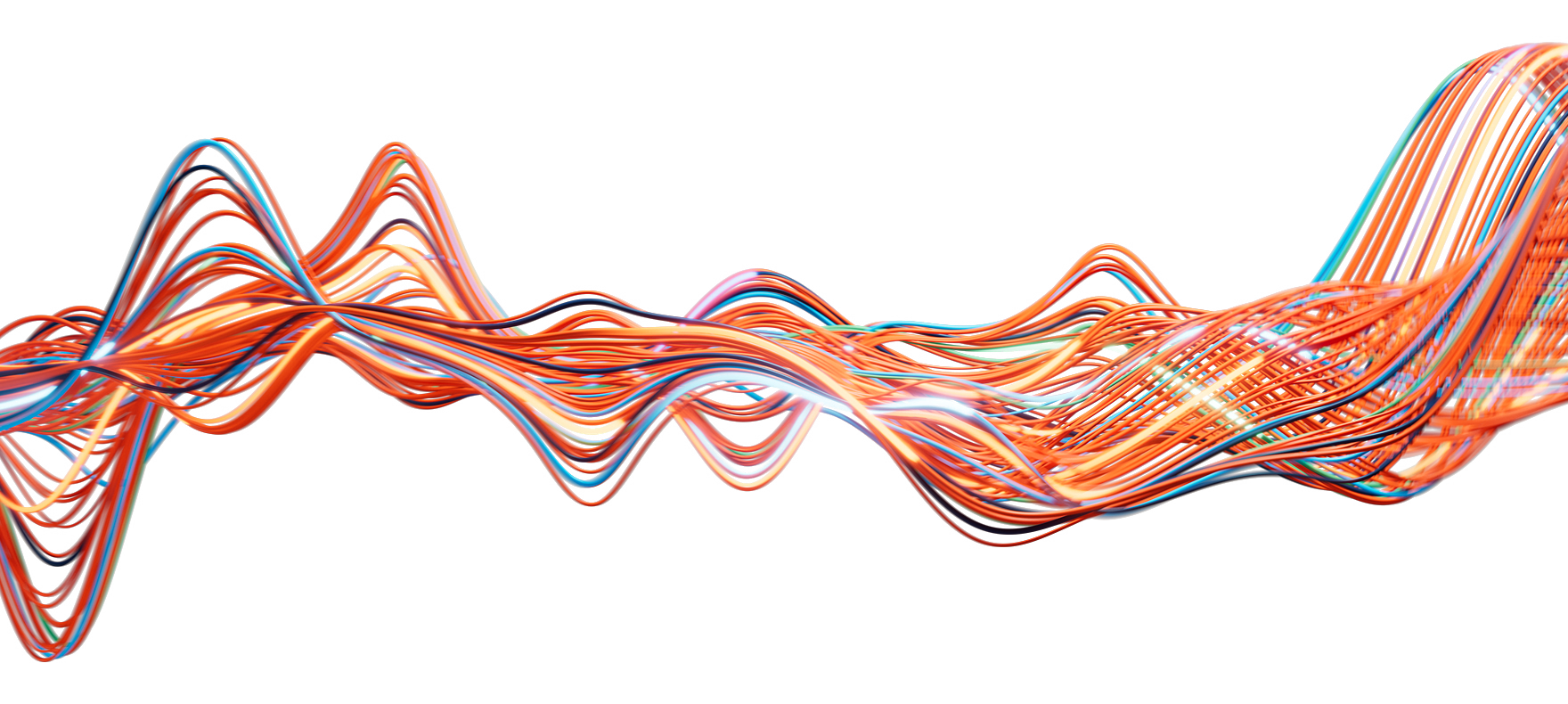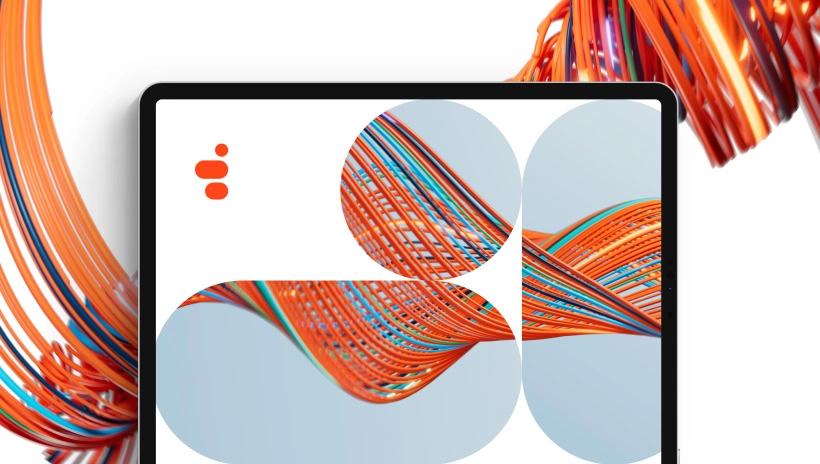By facilitating ongoing and open communication, performance management plays a major role in employee development. When you identify goals and set achievable expectations, your team members can respond — and stay aligned with key business objectives. But those individual goals should also include a longer-term path for their development. Once an employee achieves a goal, they need to understand they’re now ready to move on to the next level, and what that requires.
Additionally, supervisors and agents should have the same visibility into the same real-time performance metrics for the agent. Employees want transparency, and they need to know that their supervisors see the same things they do so they can have accurate and targeted development plans. This transparency also fosters collaboration and trust between agent and supervisor — rather than reviews catching an agent off-guard, they have the ability to know exactly how they’re doing at any moment, and can work with their supervisor to improve.
Using performance management software equips them to continue their development by taking the best next steps. And because managers also nurture development through a mix of coaching, guidance and counseling, effective performance management tools are essential for complete transparency. Finally, be sure you’re measuring outcomes in a way that maps to employee development. They need to know processes and goals but also specific areas for improvement as milestones for development.














